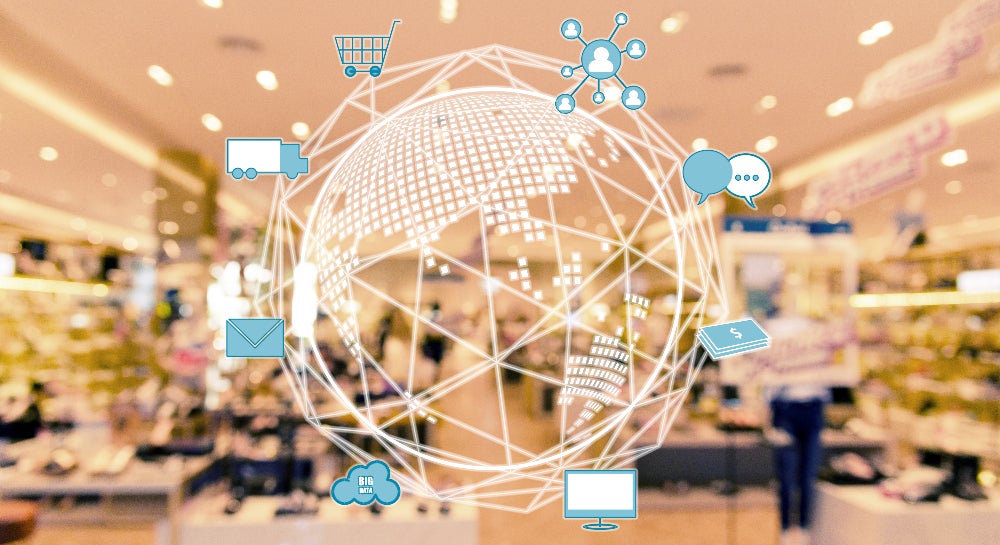Gartner analyst Benoit Lheureux once noted in a blog, “Bottom line: EDI remains — and will remain for years to come — a high impact, valuable asset to business … EDI is a well-established approach that is still a vital component of most companies overall B2B strategy, and easily contributes to B2B agility, process optimization, cloud computing, business intelligence, et al.”
When we talk about electronic data interchange (EDI), there aren’t a lot of questions about the technology. EDI is a very stable solution that’s evolved gradually over the last 50 years. It’s still at the heart of business transactions between corporations and their business partners. Nevertheless, business has changed drastically since the EDI standard got its start in the military in the late 1940s.
Our world has changed significantly over the past few decades. The digital economy has become the economy. Supply chains are global. There’s no better time than now for businesses to reinvent themselves. And getting started means understanding exactly how and why B2B processes — and technologies — have changed.
Customer Experience = Omnichannel Customer Engagement
The widespread use of the Internet, social media, and mobile computing platforms has changed consumer behavior, pushing businesses to find new ways to engage with customers and build lasting relationships.
According to the Smarter with Gartner website: “Customers use many channels — emails, chatbots, messengers and customer service agents — when they interact with organizations, and they expect a seamless experience as they switch from channel to channel. Understanding how customers use and experience the different channels is critical to deliver a personalized customer experience.”
Successful omnichannel customer engagement requires agile B2B processes. And agility can only be achieved by adopting an exploratory mindset. For example, remove waste within B2B transactions by implementing chatbots. This can both help you reduce partner onboarding time and solve transaction issues that can slow business processes and degrade the quality of a customer journey.
Organizations around the world use Boomi B2B/EDI Management to transform their trading partner business models. Learn more.
Changing the Game of Doing Business
In the Harvard Business Review (HBR) article At Amazon, It’s All About Cash Flow, author Justin Fox makes the point that Amazon changed the game of doing business by focusing on the customer experience, while reinventing the e-commerce back end and B2B by implementing profoundly new emerging technologies, such as AI to identify purchase patterns, DevOps to deliver agility in application development, and APIs for B2B transactions.
Mihir Desai, an HBR finance professor, says “the key metric of a company’s cash-generating prowess is the cash conversion cycle (CCC), which is days of inventory plus days sales outstanding (how long it takes your customers to pay you, basically), minus how many days it takes you to pay your suppliers. Super-efficient retailers such as Walmart and Costco have been able to bring their CCC down to the single digits. That’s impressive. But at Amazon last year (2014), the CCC was negative 30.6 days.”
In other words, customers pay Amazon immediately. And what does Amazon do with all that cash before it sends any to its suppliers? Grow.
“In Amazon’s case, all this cash is being used to finance the company’s continued explosive growth,” Fox says in the article. “The company doesn’t need to borrow, it doesn’t need to issue stock. It can just keep spending its own cash to attack new sectors and upgrade its offerings.”
Obviously in the case of Amazon and retailers who have mimicked the Amazon model, innovation is not limited to technology innovation. Financial innovation has an equally profound impact on how businesses implement new technologies in their supply chain planning and partner ecosystem.
Did you know you can implement Amazon Marketplace Web Service (MWS) API calls in the Boomi Platform to seamlessly integrate Amazon sales with your current business practices? Here’s how.
B2B-EDI Technology Can Support and Accelerate Innovative Business Processes
To execute B2B transactions in this new world, companies need solutions that deliver capabilities beyond traditional EDI.
Gartner Research finds that “APIs complement, rather than replace, traditional B2B technologies such as electronic data interchange and managed file transfer. Application leaders should use API capabilities to add new channels, enable automation and optimize their business ecosystem for digital business.
Look for a unified platform that also offers API management, which complements traditional B2B protocols such as EDI and managed file transfer (MFT). It should also support emerging technologies such as chatbots, workflow automation, data cataloging, and data transformation.
Organizations around the world use Boomi B2B/EDI Management to transform their trading partner business models. Learn more.

 English
English 日本語
日本語